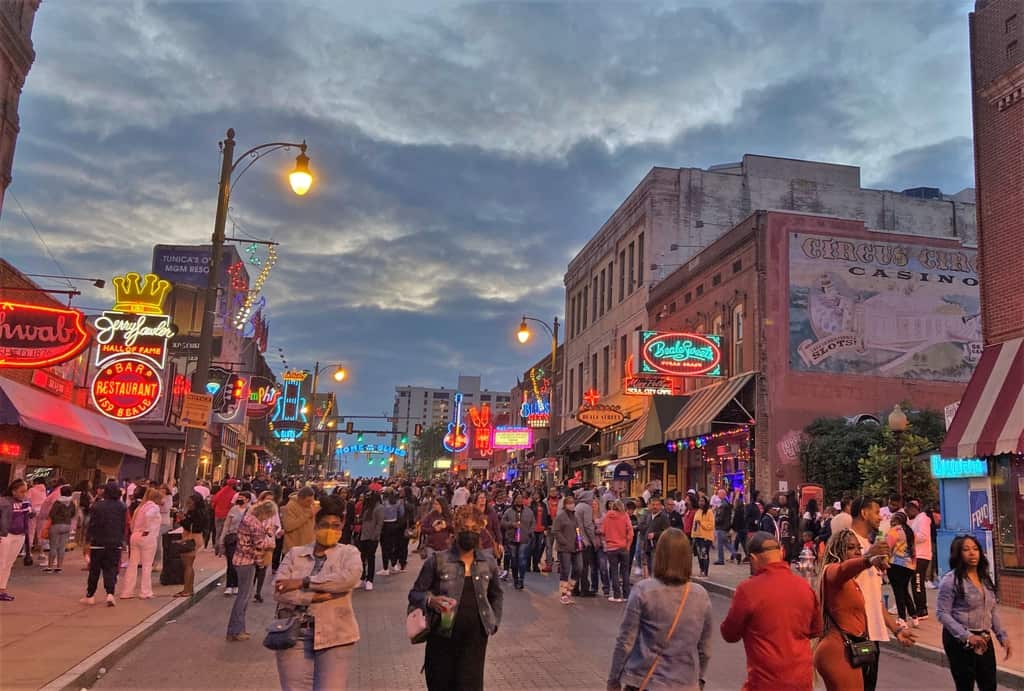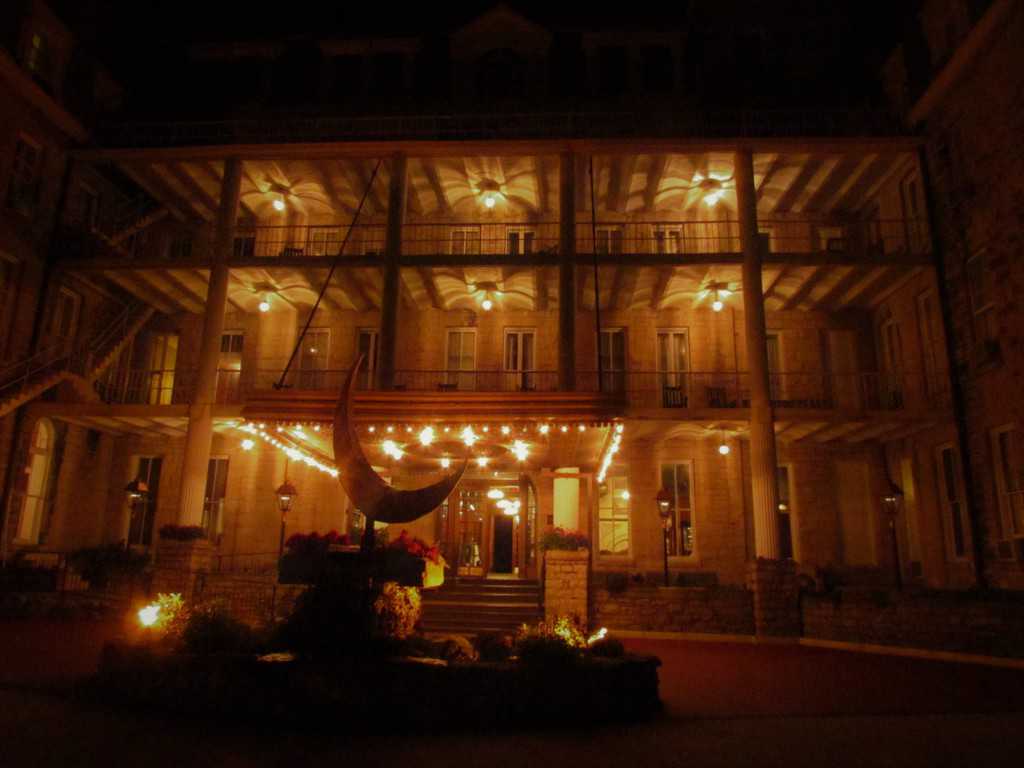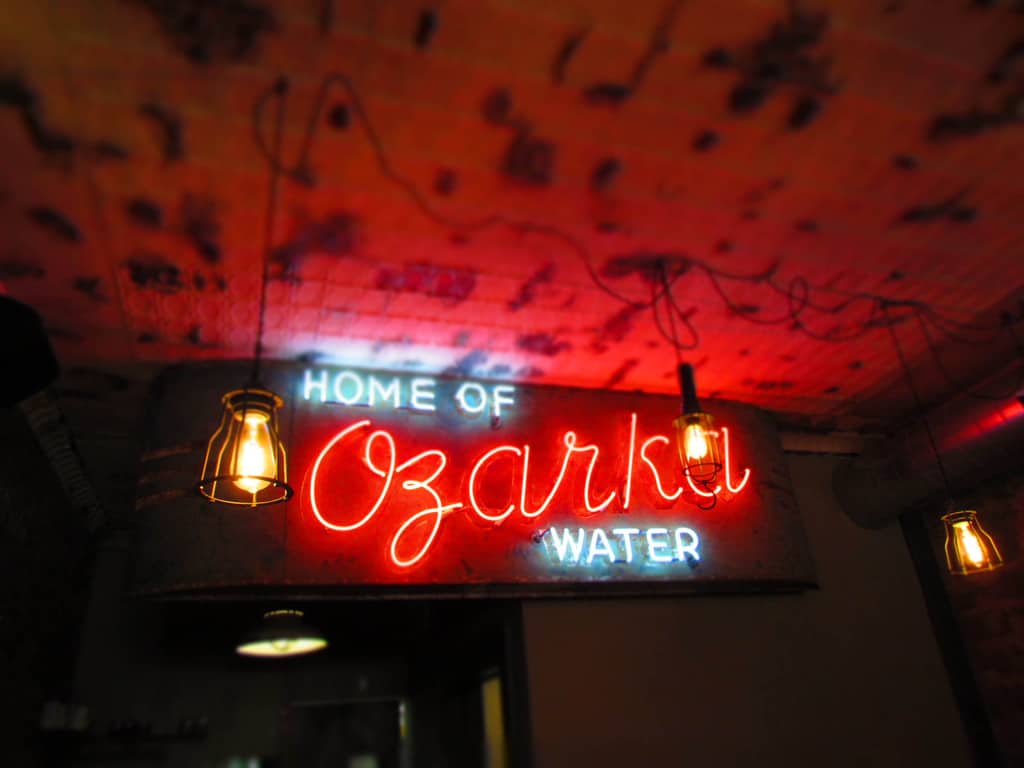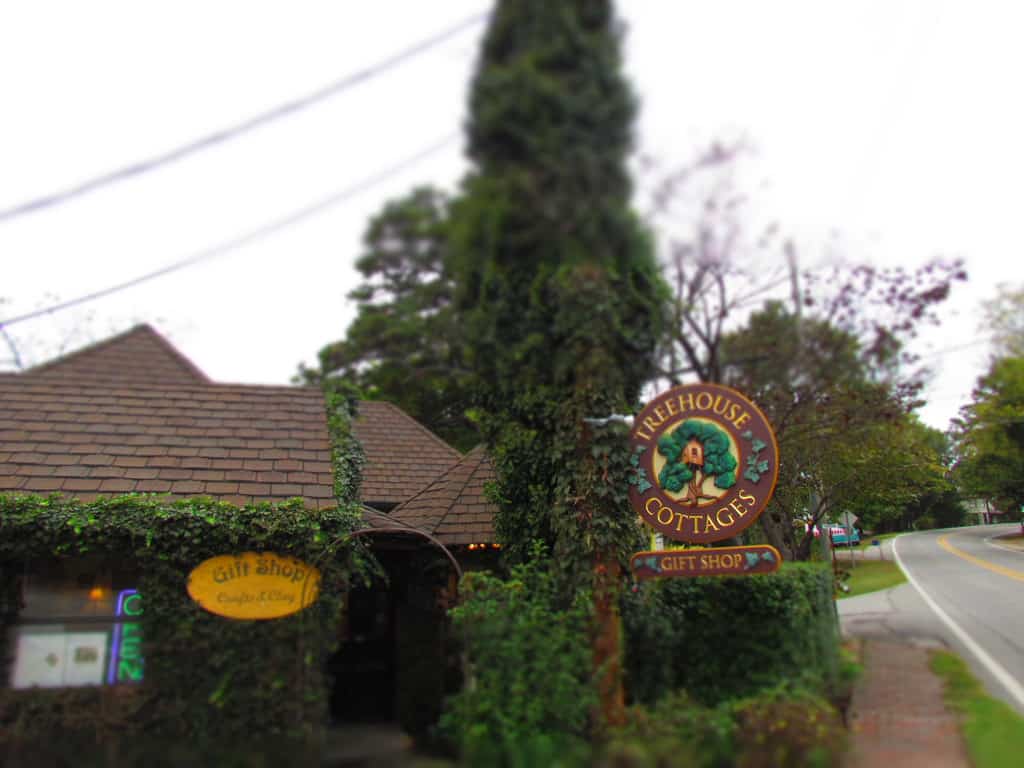It goes without saying that a visit to Memphis has to include some time walking on Beale Street. Starting at the Mississippi River, the route travels almost 2 miles into the city. The iconic portion that many people picture is actually only about 5 blocks long. Packed with entertainment, shopping, and dining establishments, Beale Street is the place to find legendary music. Of course, it is so much more than that and this historic district has a past that is as colorful as the neon signs that illuminate the night.
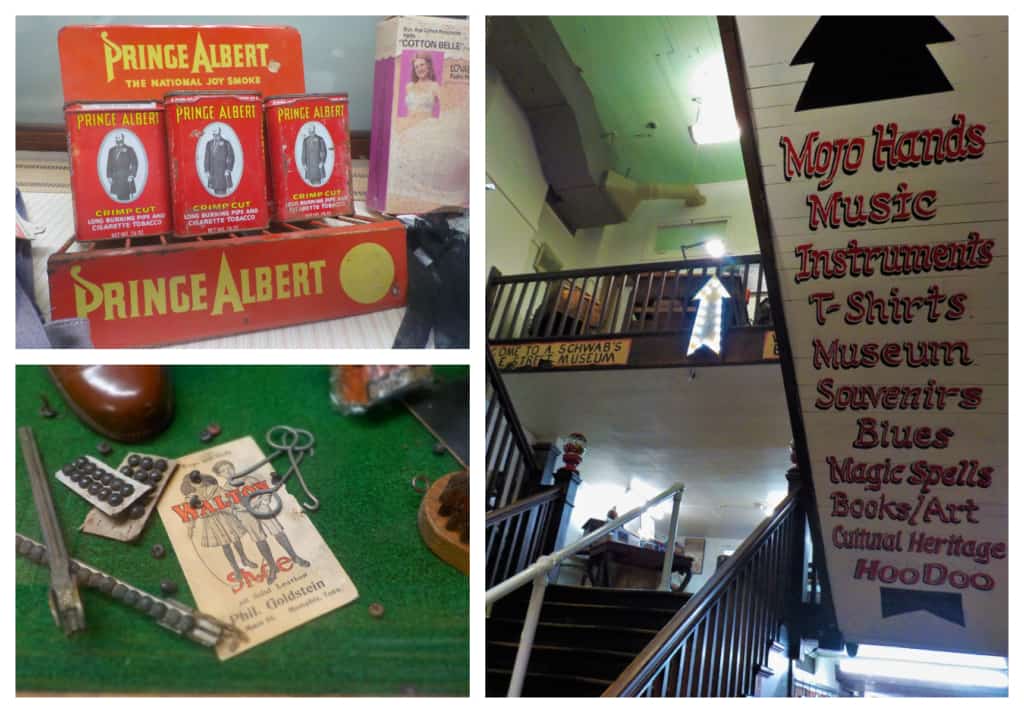
Schwab’s Iconic Museum
Beale Avenue traces its origin back to 1841 when it was named for a military hero. Its proximity to the riverfront made it desirable for tradesmen and shopkeepers. One of those early shops is A. Schwab’s, which is the last of the original stores along Beale. For many generations, this iconic shop has been the place to purchase dry goods. Over time, they found that customers were more interested in souvenirs and party supplies. As we were exploring the store, we discovered that it is also home to a local history museum. The Beale Street Museum focuses on the history of the store, as well as the people who have made the street a familiar name.
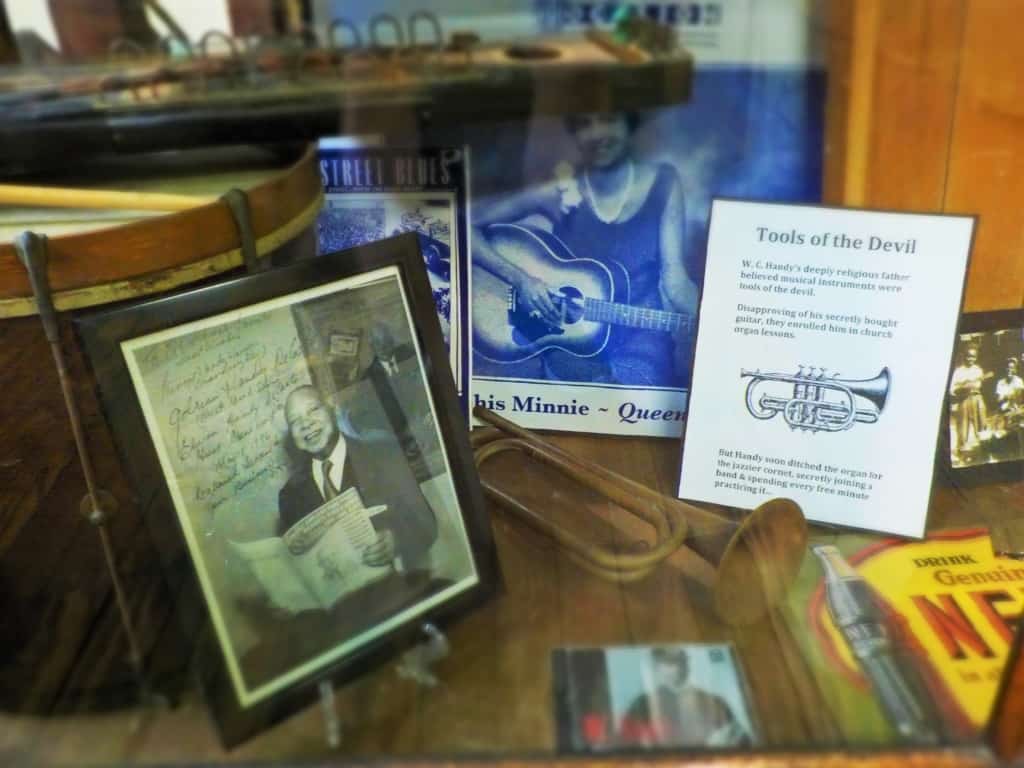
Mr. Handy
A series of glass-encased cabinets showcase some of the famous names whose lives are intertwined with Beale Street. The iconic roadway has had a long association with music. It began as a home to traveling musicians in the 1860s. By the late 1800s, familiar music destinations were introduced. The Orpheum Theatre, originally known as the Grand Opera House, would become the classiest theater outside of New York City. A fire in 1923 reduced the building to ashes, but a new theater would spring up in 1928. It would be W.C. Handy who would become the major influence behind the changing of the name to Beale Street. His song, “Beale Street Blues”, would become an anthem, which would draw other blues artists to downtown Memphis.
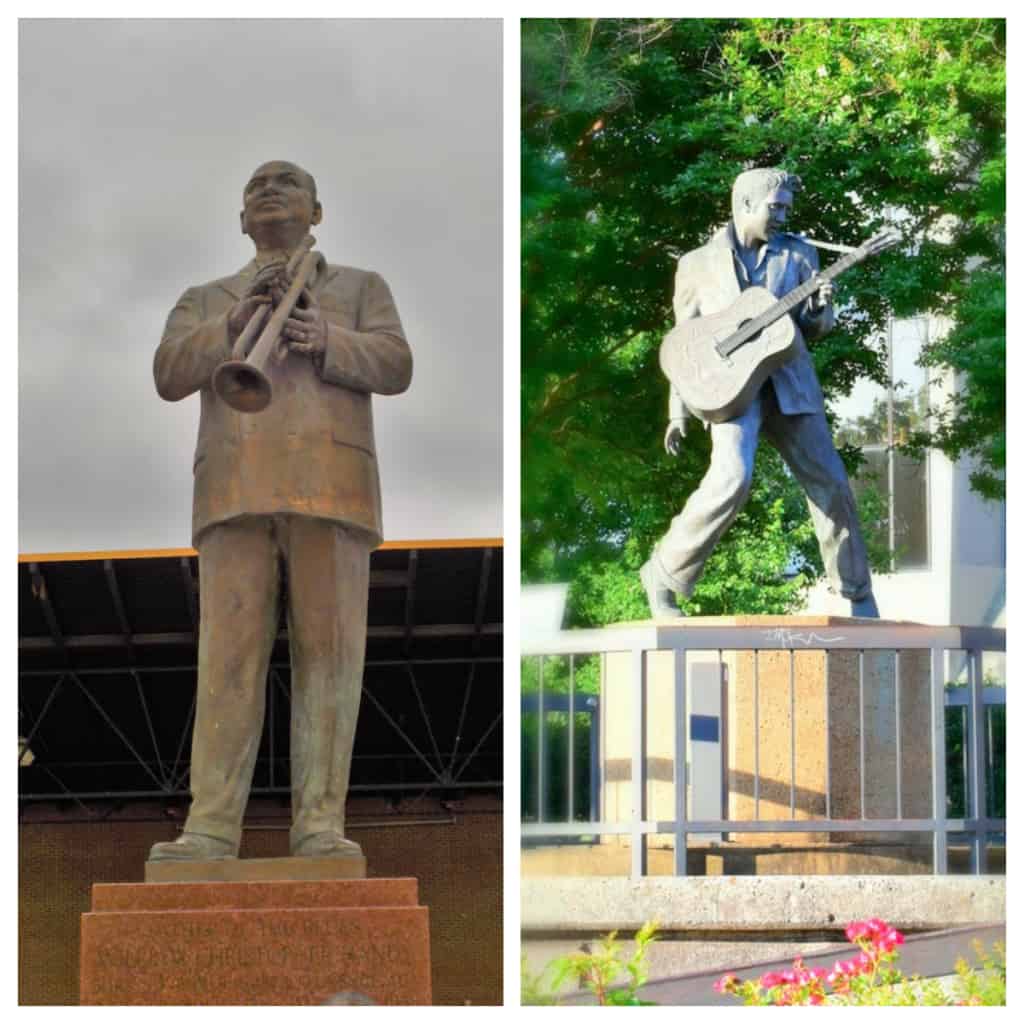
Bigger than Life
While we were walking on Beale Street, we spotted many recognizable names and figures. Memphis is obviously proud of its musical heritage and does a great job of showcasing it to visitors. The jazz clubs that line the street hold the memories of artists from days gone by. Louis Armstrong, Memphis Minnie, Muddy Waters, B.B. King, and Roscoe Gordon are just a few of the famous musicians who frequented Beale Street. We’re sure that most people are familiar with Memphis’s Graceland, which was the home of Elvis Presley. There is even a sign denoting the worthwhile work of Danny Thomas, who founded the St. Jude’s Children’s Research Hospital in the early 1960s.
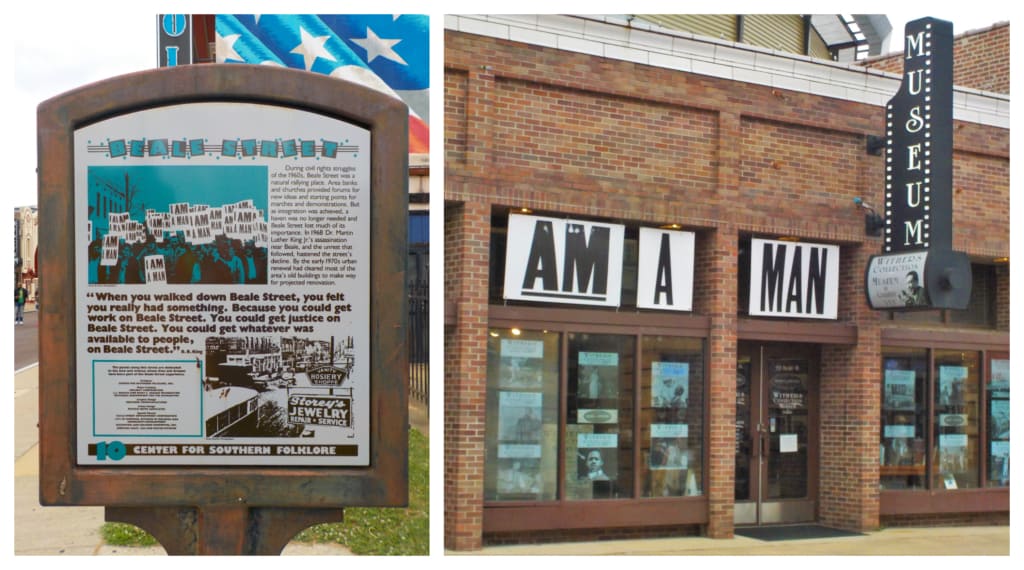
Gathering Grounds
Walking on Beale Street, in the middle of the 20th century, would have looked far different than today. The area was home to many black-owned businesses. During the 1960s, the Civil Rights Era began in Memphis. The National Civil Rights Museum details many of the hardships faced by those struggling for racial equality. Beale Street was a gathering place for members to meet up and strategize. In fact, the sanitation workers strike found the protestors walking on Beale Street.
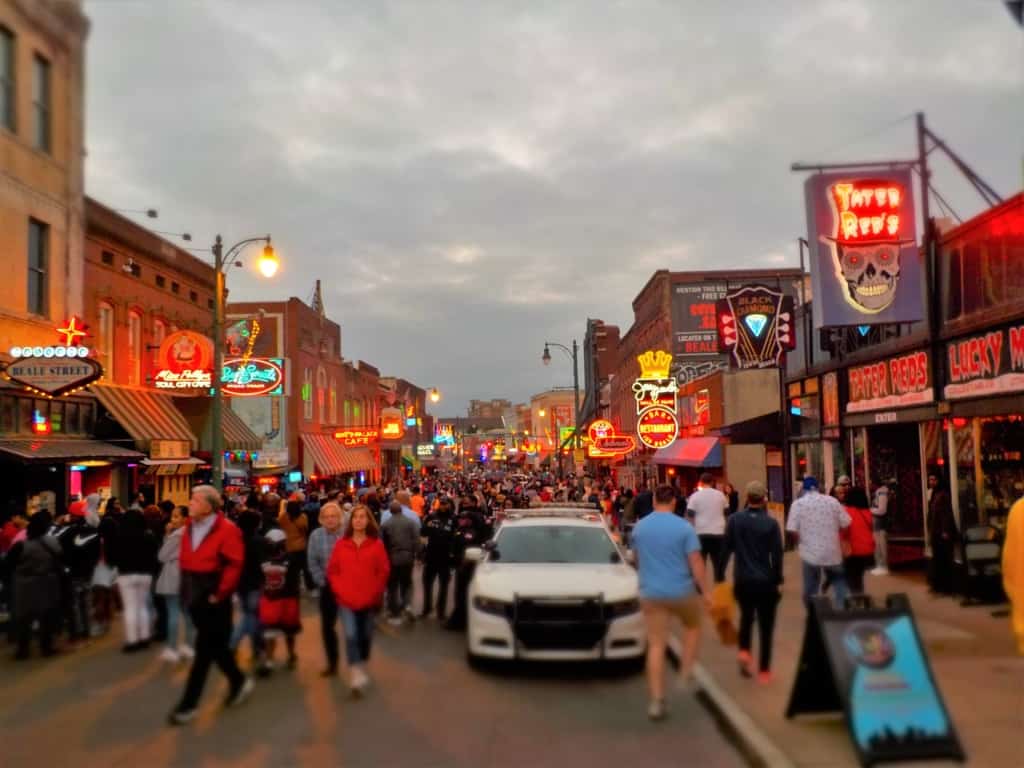
Swelling Crowds
As evening approached, the clouds rolled across the sky. The swelling crowds made walking on Beale Street a little more of a challenge. Even during a pandemic, we found the swirling sounds of blues and jazz emanating from doorways. Darkness began to envelop the city, but here the neon lights provided plenty of illumination. Even with an influx of people, the excitement of this historic street reigned supreme. We realized that dinnertime was approaching, so we were facing a hard decision.
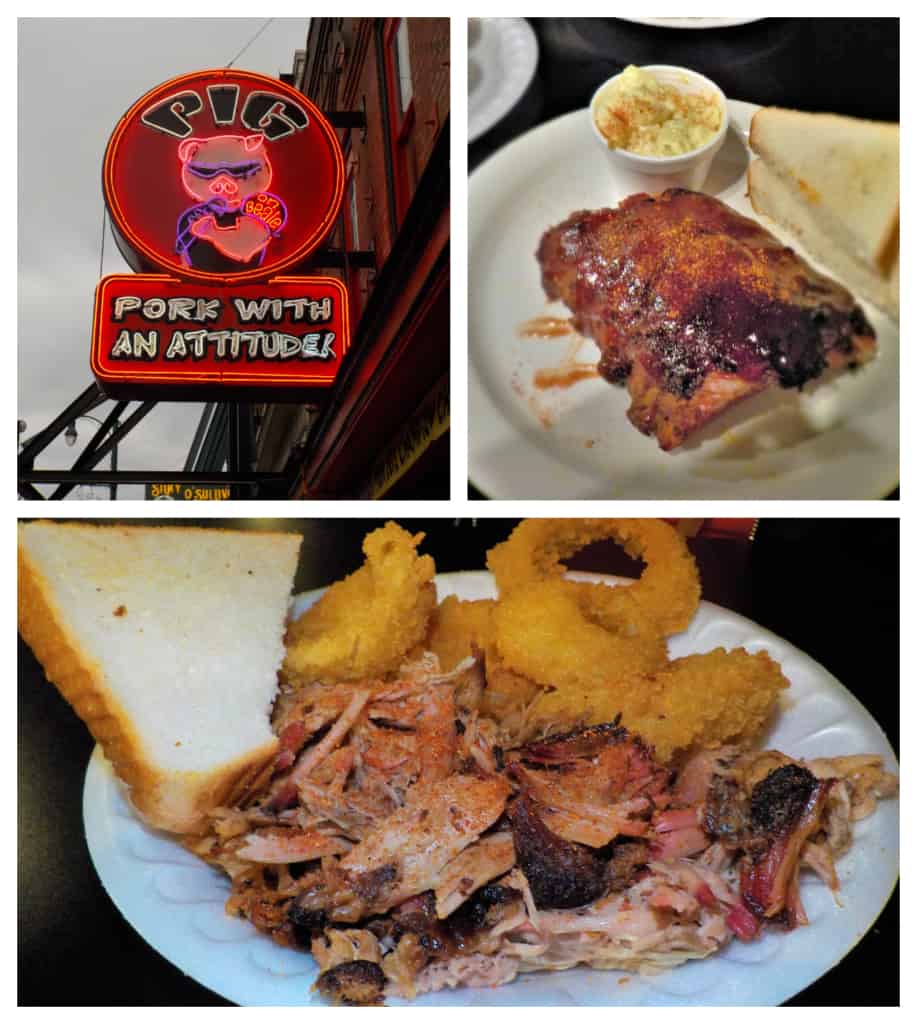
Memphis BBQ
Diners on Beale Street face a lot of choices. With the crowds surging, we knew there would be long lines at the places with live music. Being from Kansas City, it only seemed appropriate that we would seek out some Memphis barbecue. The smell of hickory smoke led us to Pig on Beale. Being one of the newer breeds of BBQ joints, we decided to see how they do ‘cue. Memphis barbecue has some similarities to KC style, as they are both based on “low and slow”. We sampled a mixture of pulled pork, sauced ribs, onion rings, and potato salad. The meat was flavorful without being dry, so we decided to give them good marks. The sauce at PIG is rich and packed with flavor, and those rings are something to behold. We exited the restaurant satisfied that we had just sampled some authentic Memphis-style BBQ.
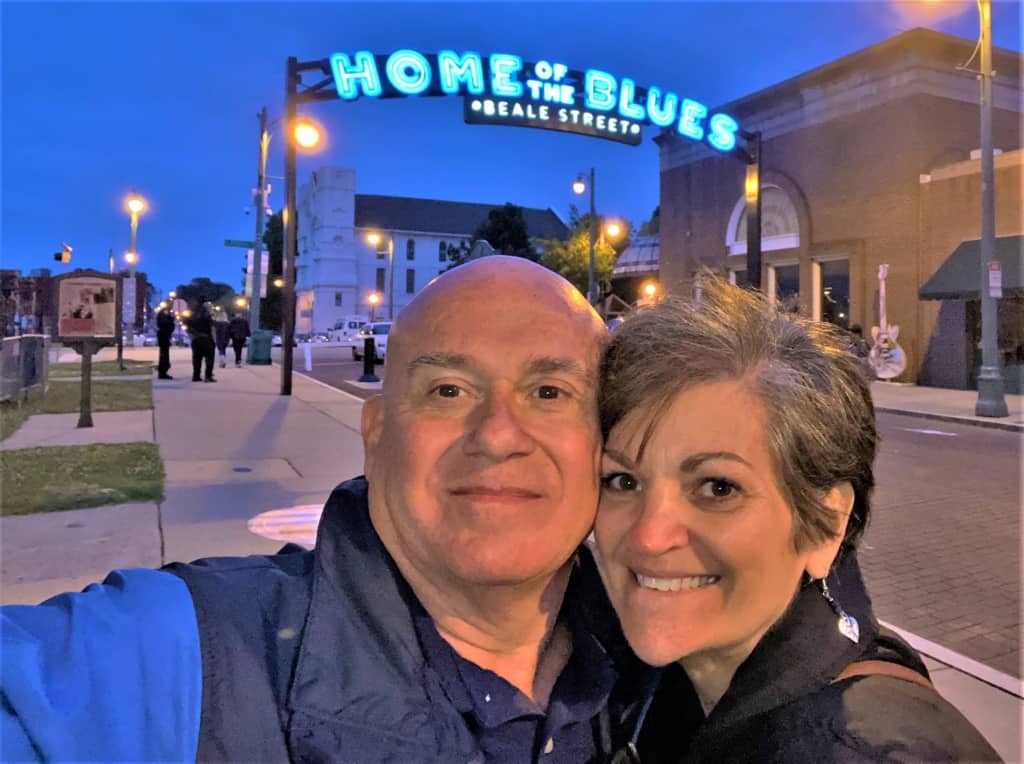
Walking on Beale Street
Our visit to Memphis was steeped in history, so you know I was loving every minute of it. The energy of the crowds helped fuel our continued exploration, well into the late evening. We could imagine what it must have been like to witness some of the blues greats live in action. For decades, this historic district has represented the life and times of people from Memphis. Walking on Beale Street, we could feel the lifeblood of the city coursing through the brick pavement. Have you ever spent time on this famous road?


